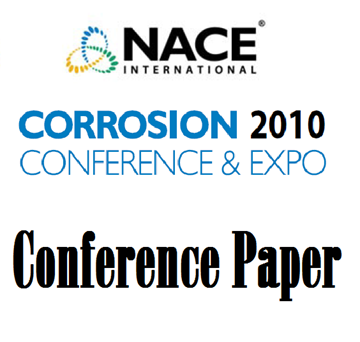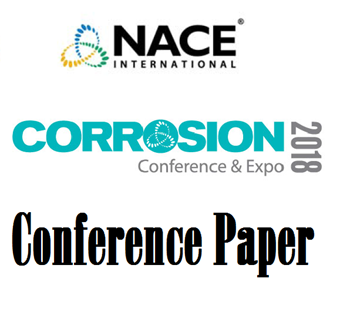Search
07659 Morphology of Localized Corrosion Attacks in Sour Environments
Also Purchased
10332 Sour and Sweet Corrosion of Carbon Steel: General or Pitting or Localized or All of the Above?
Product Number:
51300-10332-SG
ISBN:
10332 2010 CP
Publication Date:
2010
$20.00
07658 Predicting Internal Pitting Corrosion of Oil and Gas Pipelines: Model Prediction vs. Field Experience
Product Number:
51300-07658-SG
ISBN:
07658 2007 CP
Publication Date:
2007
$20.00
51318-10984-INFLUENTIAL FACTORS RELATED TO LOCALIZED CORROSION OF MILD STEEL IN SLIGHTLY SOUR ENVIRONMENTS
Product Number:
51318-10984-SG
Publication Date:
2018
$20.00




